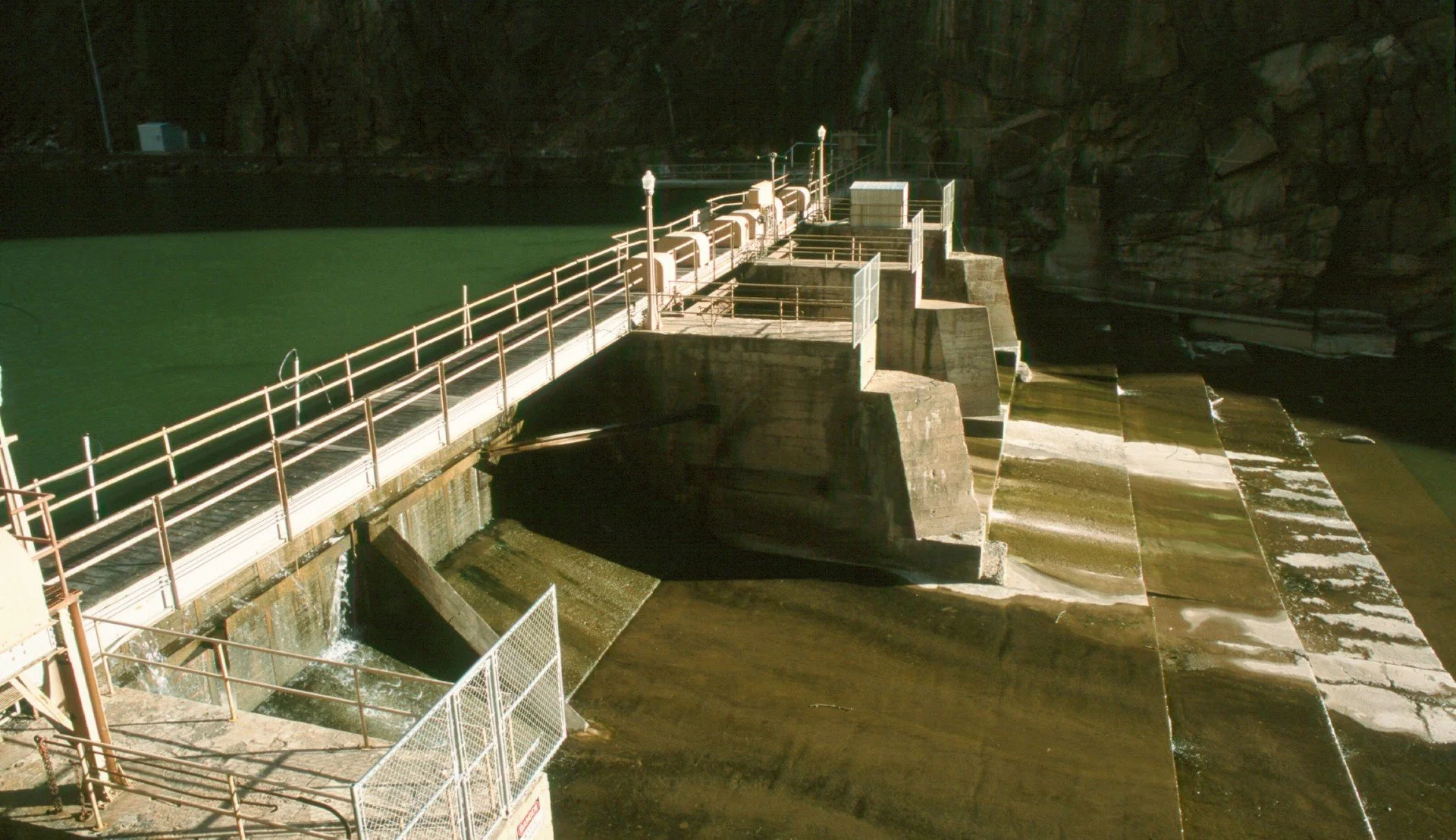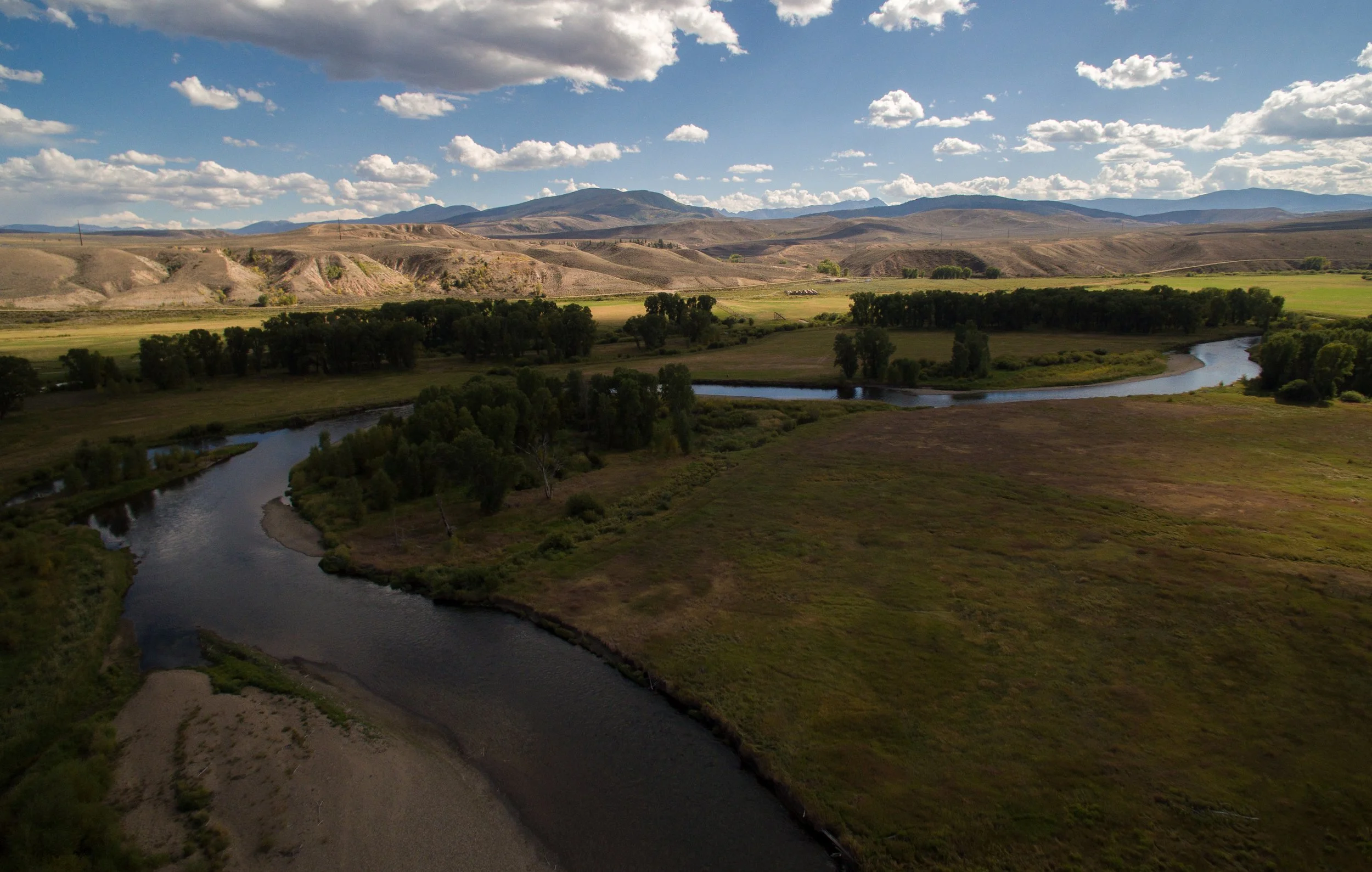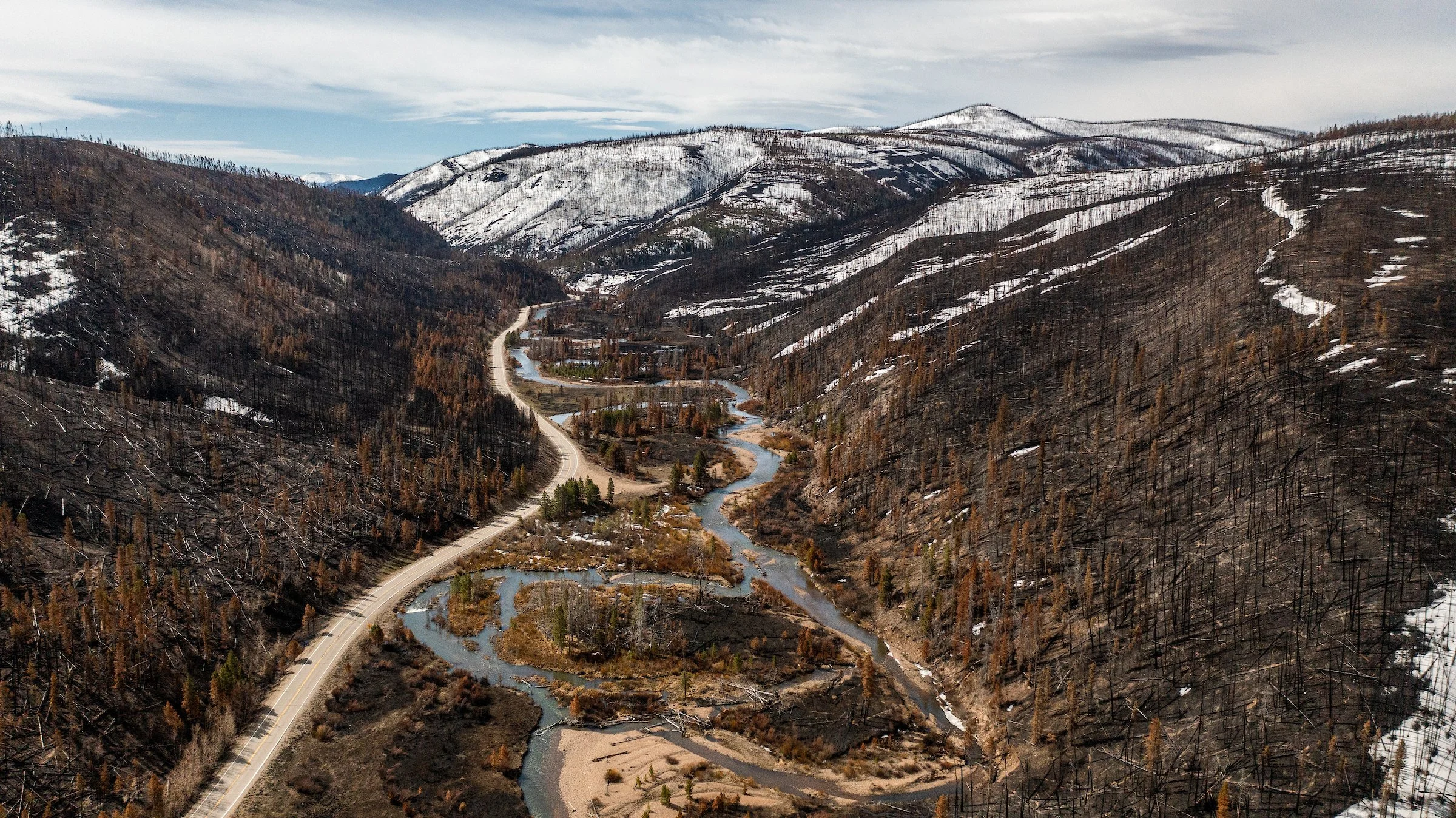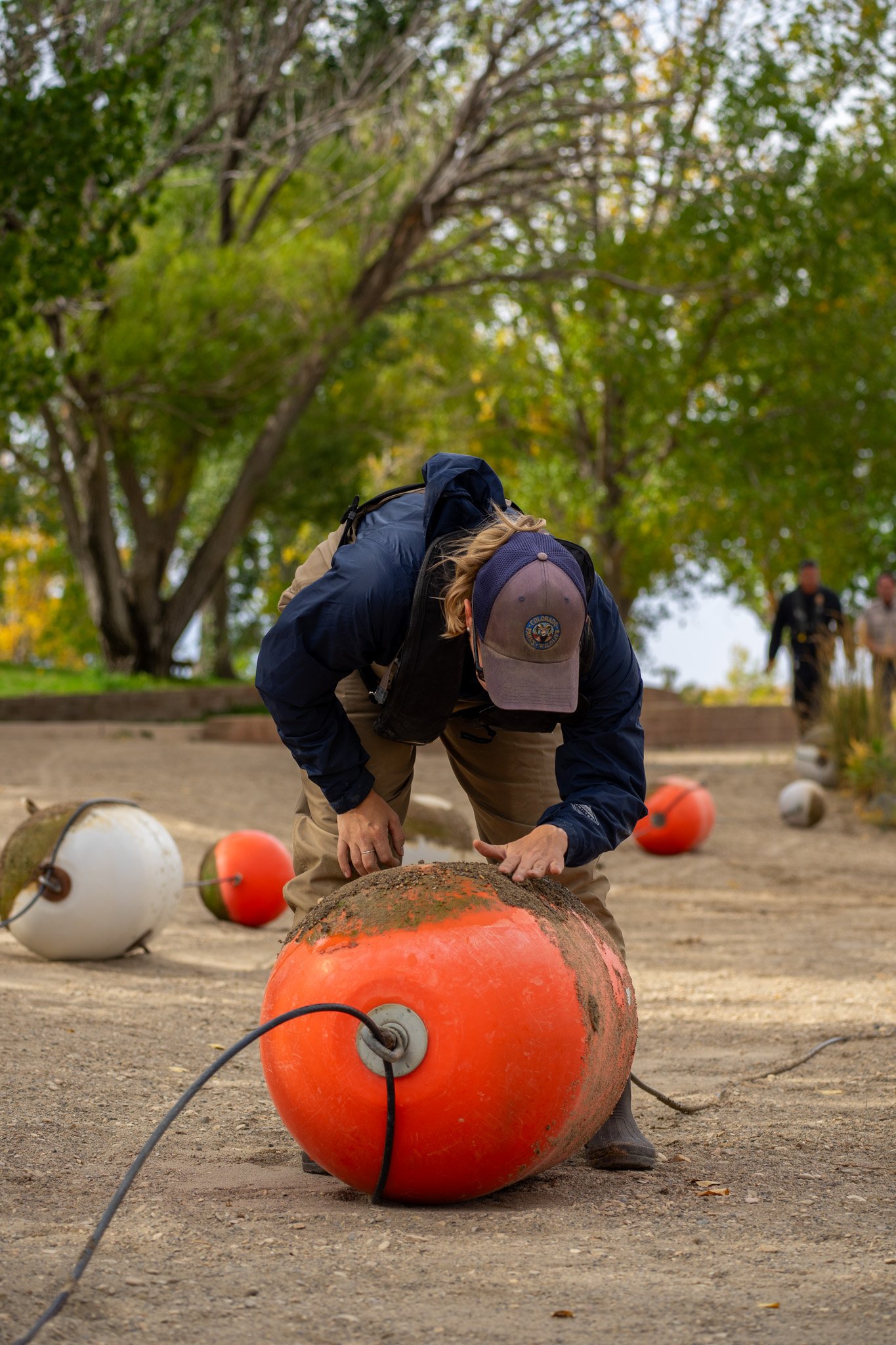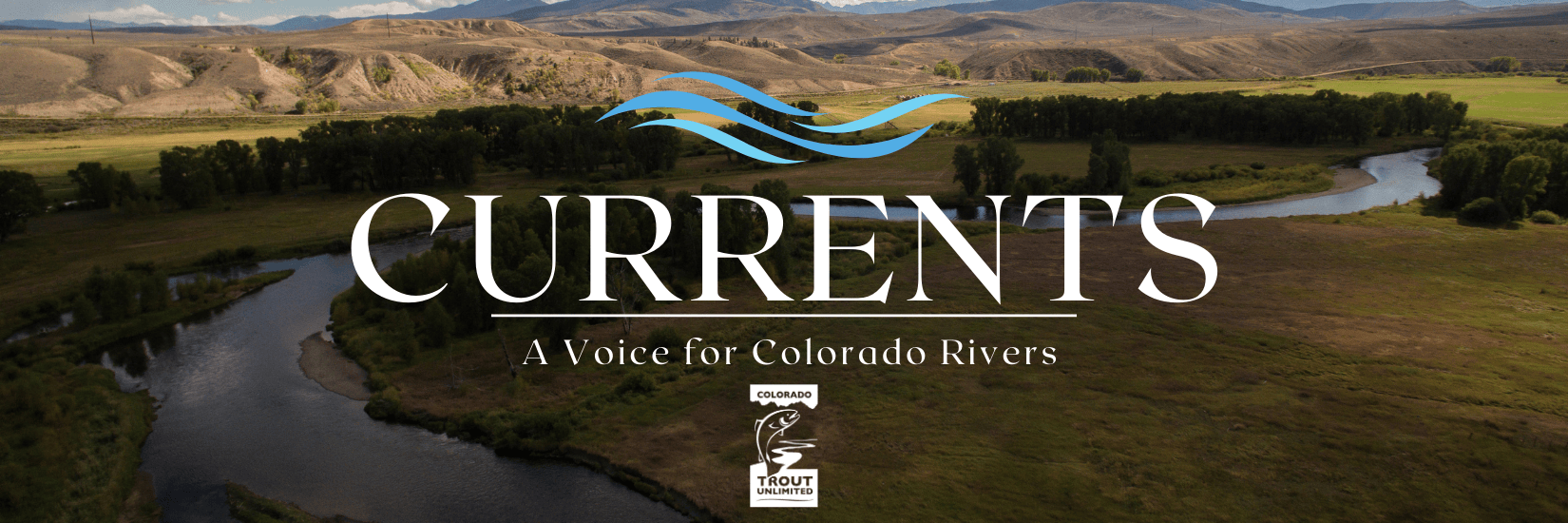This June, Colorado Trout Unlimited is proud to join more than 30 organizations across Colorado for Give Outdoor Learning, a month-long fundraising campaign during National Get Outdoors Month.
Give Outdoor Learning highlights the power of environmental education by supporting programs that connect young people with nature. These experiences grow curiosity, confidence, and connection. They also improve mental health, strengthen communities, and prepare the next generation to lead.
At CTU, our Youth Programs focus on just that. Through Trout in the Classroom, students raise trout while learning about watershed health. Our River Conservation and Fly Fishing Camp brings teens together for a week of scientific exploration, leadership training, and hands-on conservation. Our STREAM curriculum takes students into the field to study real-world water science and develop skills in stewardship and problem-solving.
With the rising demand for high-quality environmental education and continued funding challenges, your support is more important than ever.
The Give Outdoor Learning campaign runs June 1 to June 30, 2025.
Help us grow these experiences for more students across Colorado.

